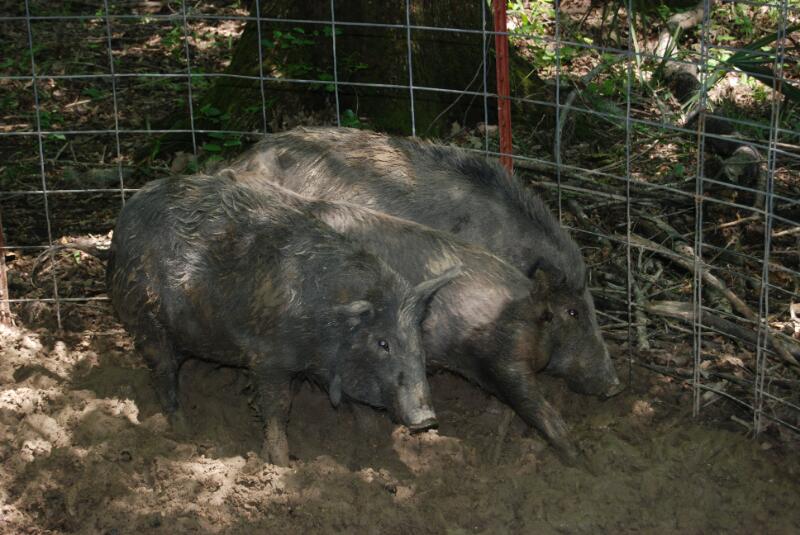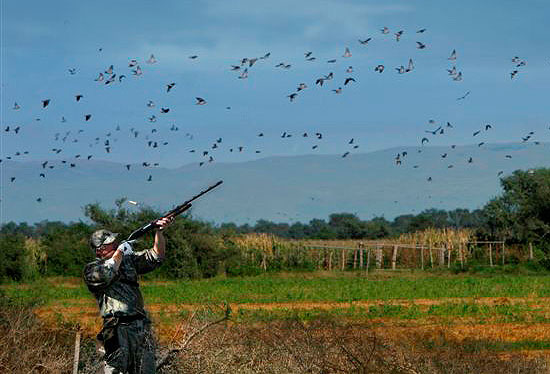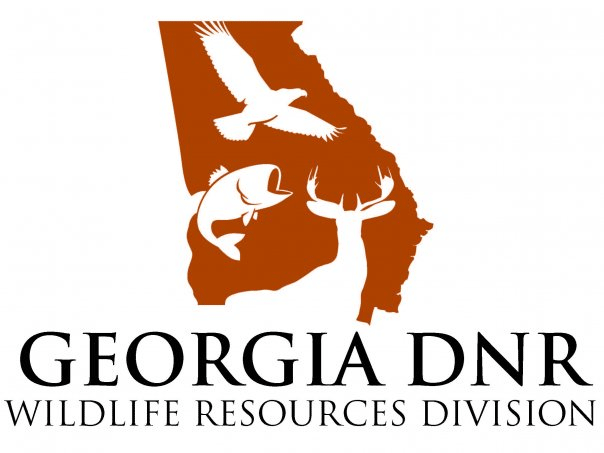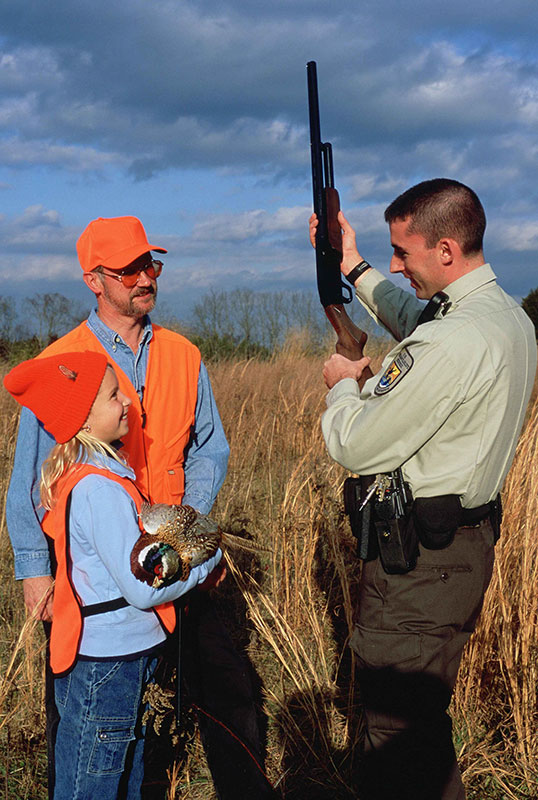

University of Georgia researchers are surveying landowners in Georgia to quantify the economic damage feral swine are causing the state.
A new survey, “Feral Swine on Private Lands in Georgia,” has been mailed to 3,000 landowners across Georgia and is being conducted by professor Michael Mengak and students in UGA’s Warnell School of Forestry and Natural Resources. UGA Extension and the Warnell School are jointly funding the survey.
Feral, or wild, swine are estimated to cause in excess of $1.5 billion in damage nationwide, Mengak said.
“It is important to understand the nature of feral swine problems and the damage they cause on a local scale,” said Mengak, who also serves as associate dean for outreach in the Warnell School. “This data informs the Georgia state legislature and natural resource managers of the damage and financial hardship feral swine inflict on farmers and other landowners in Georgia.”
Mengak and UGA Extension surveyed landowners about feral swine in 2012. Results from that survey were compiled to calculate economic damages caused by feral swine, typically from damage to farmland through rooting and grubbing, and destroying crops of peanuts, corn and cotton. Feral swine caused more than $81 million in damage to crops and farmland in 41 Georgia counties in 2011, Mengak said.
The new, eight-page survey will ask landowners a variety of questions about issues they’ve noticed with feral swine, how owners attempt to control them on their property and whether they feel that feral swine are a nuisance or a benefit. The survey was mailed to registered farmers and to rural landowners outside of metro areas who own at least 5 acres of land. Survey recipients were randomly selected from a large Georgia database.
Questions ask when damage was first noticed, what kind of damage was caused, what methods were used to control the feral swine — including lethal means — and how much money is estimated lost due to the feral swine. Researchers also want to know if any landowners prefer to see feral swine on their property and their opinions on whether they think the swine carry diseases or are harmful to other wildlife.
“From our previous survey, farmers told us feral swine are very destructive and not welcome in the environment,” Mengak said.
Landowners who receive the survey are asked to fill in as much as they can or wish to, then mail it back within two weeks, Mengak said. Survey responses will remain anonymous, and recipients are provided with a postage-paid envelope.
It’s believed the Spanish introduced feral swine to the U.S. in the mid-1500s. They were found in just 17 states in 1982, but the U.S. Department of Agriculture (USDA) said they have now spread to 41 states, Guam, Puerto Rico, the U.S. Virgin Islands, American Samoa and the Northern Mariana Islands. They have been cutting a swath of destruction across the U.S., physically damaging crops and property, preying on livestock and wildlife and passing diseases to not only other animals, but also to humans.
Feral swine are generally very aggressive. They rapidly reproduce, travel in large groups and thrive in a large variety of habitats. Controlling their population has been an issue, and often landowners turn to state and local agencies or private businesses for help, with varying success. This survey also asks about control methods and landowners’ opinions on their effectiveness, including hunting.
The 2015 survey asks if landowners hunt feral swine on their property or allow others to do so, which is something many have suggested as a solution to control feral swine populations. But they can be tough to hunt, Mengak said.
“Hunting may take a few animals, but it will never be a solution to this problem,” Mengak said.
Intensive trapping is the best method of control at this time. “Poison or toxicants are not legal methods for controlling feral swine, and it is illegal to release feral swine onto someone’s property except under very specific situations and only with permits,” Mengak added. Georgia’s Wildlife Resource Division and Department of Agriculture enforce feral swine laws in Georgia.
USDA’s Animal and Plant Health Inspection Service’s Wildlife Services has in the past offered management solutions at a local level, but it is considering implementing a tougher management program that would span the country. However, the agency wants to see what landowners think before finalizing the plan. Their environmental impact statement is currently under review.
“Decision-makers and land managers in Georgia will be better informed about the extent and nature of the feral swine problem once results from the current survey are compiled and summarized,” Mengak said.
(Sandi Martin is the public relations coordinator with the University of Georgia Warnell School of Forestry and Natural Resources.)




Be the first to comment